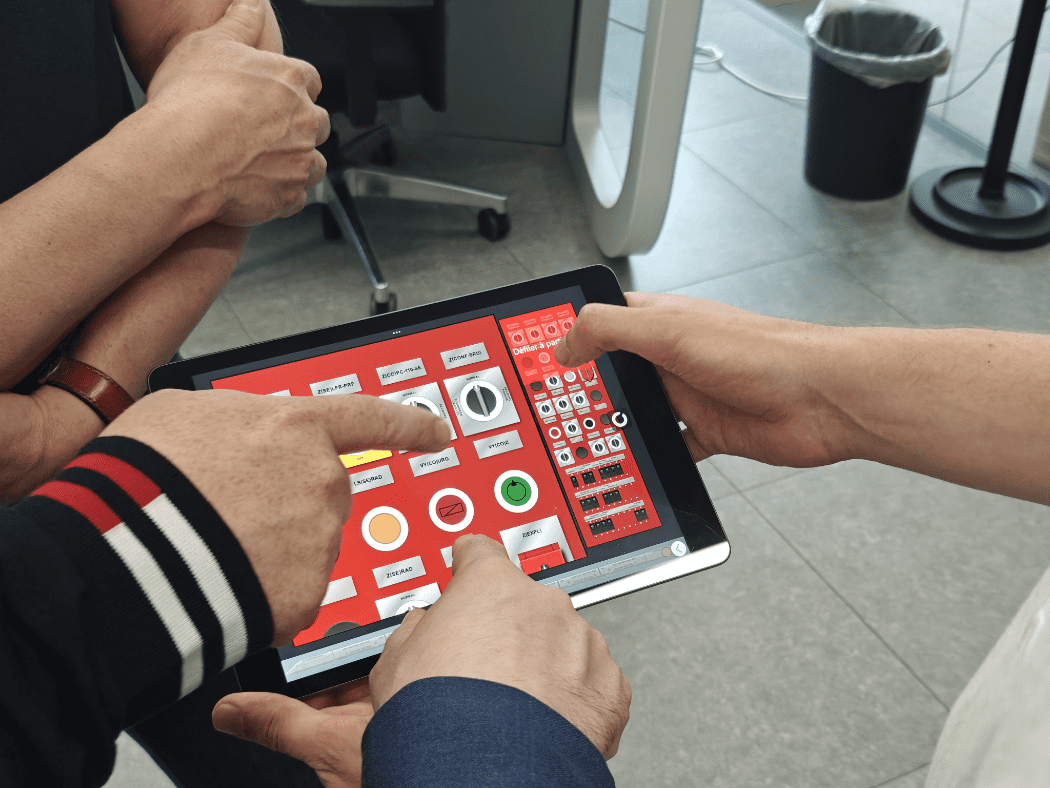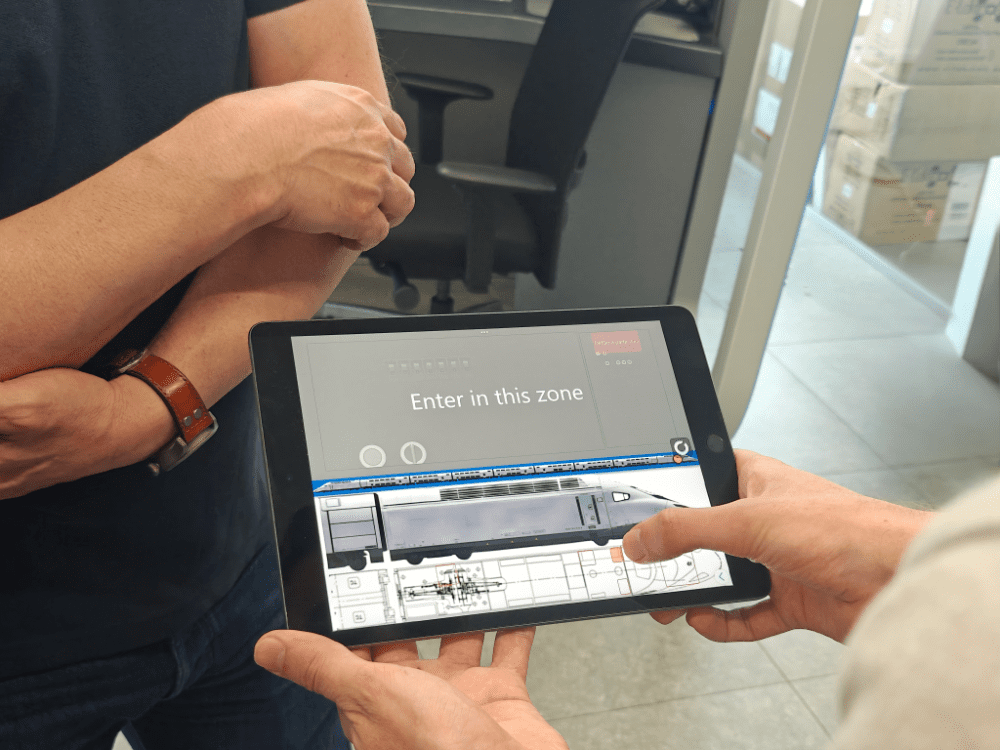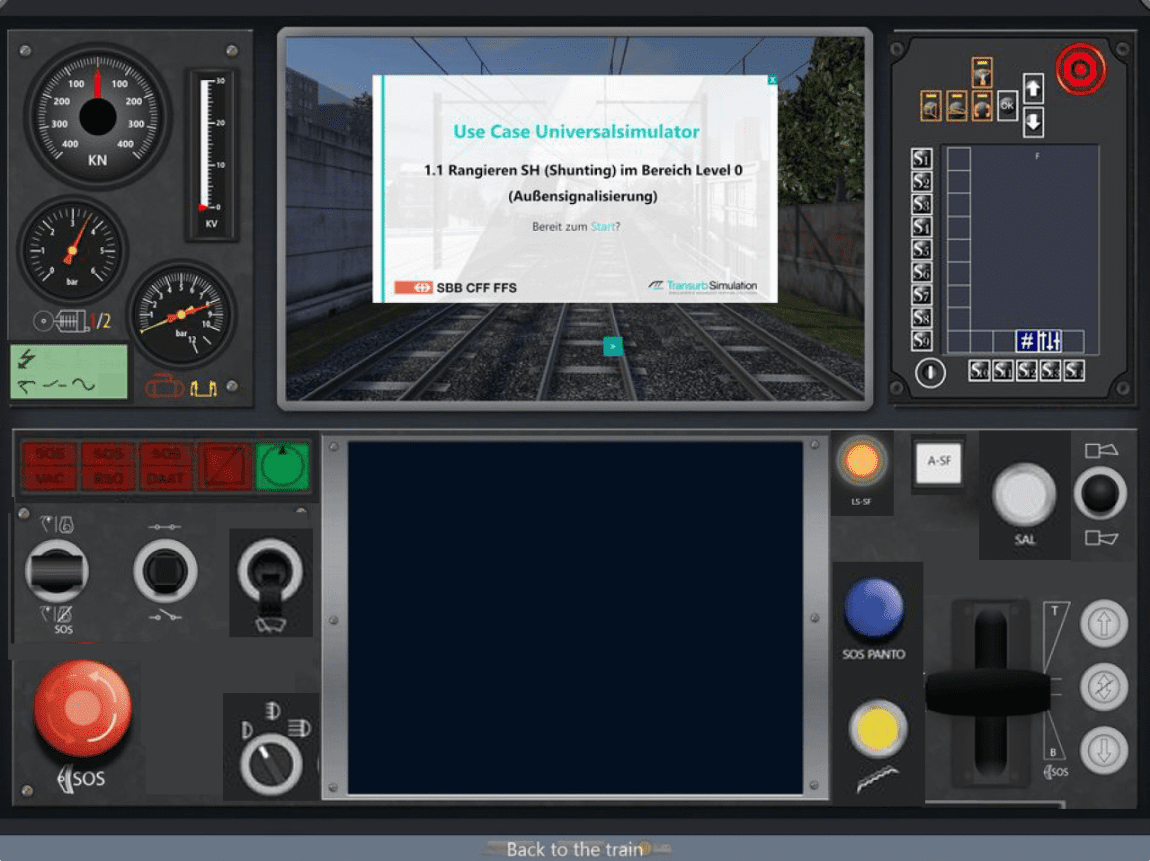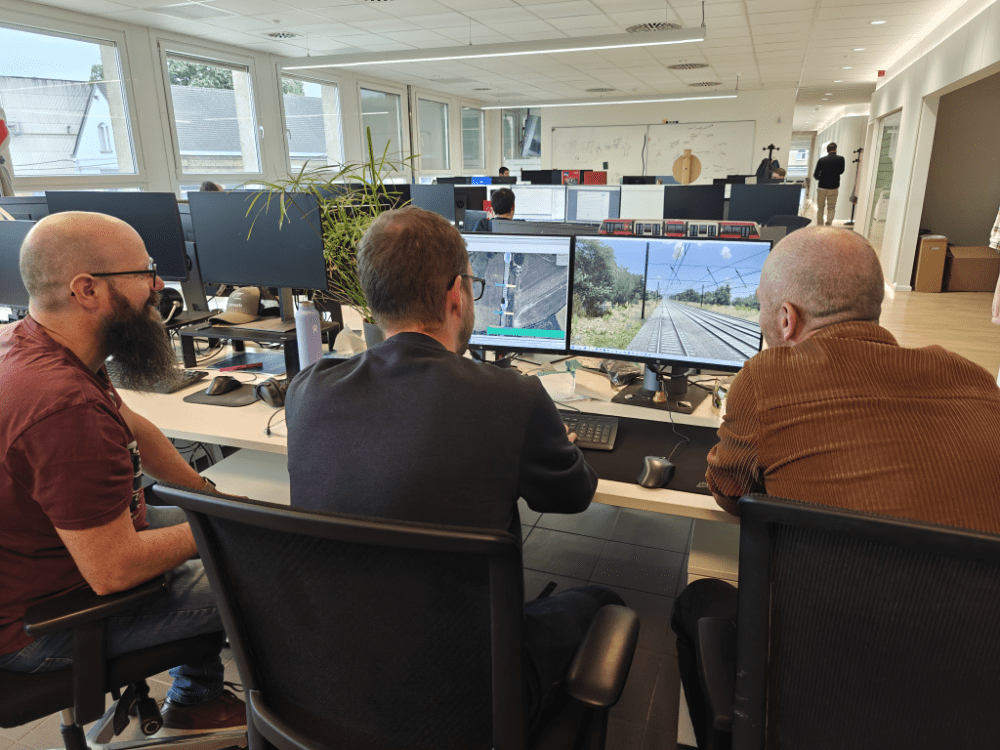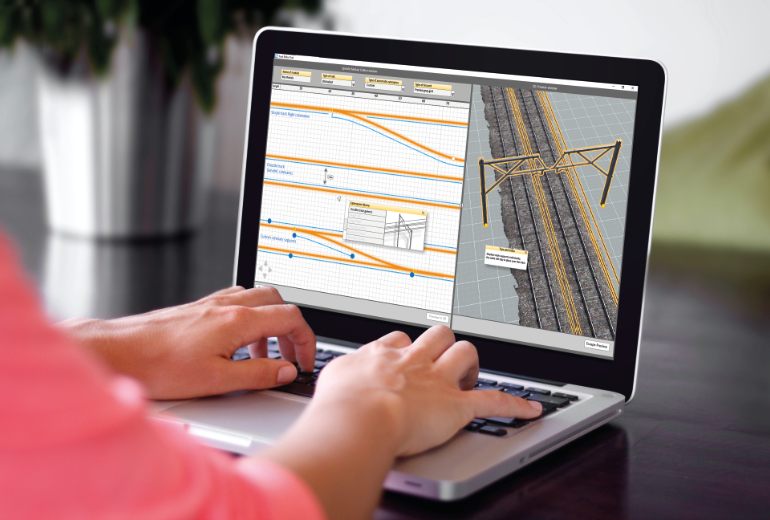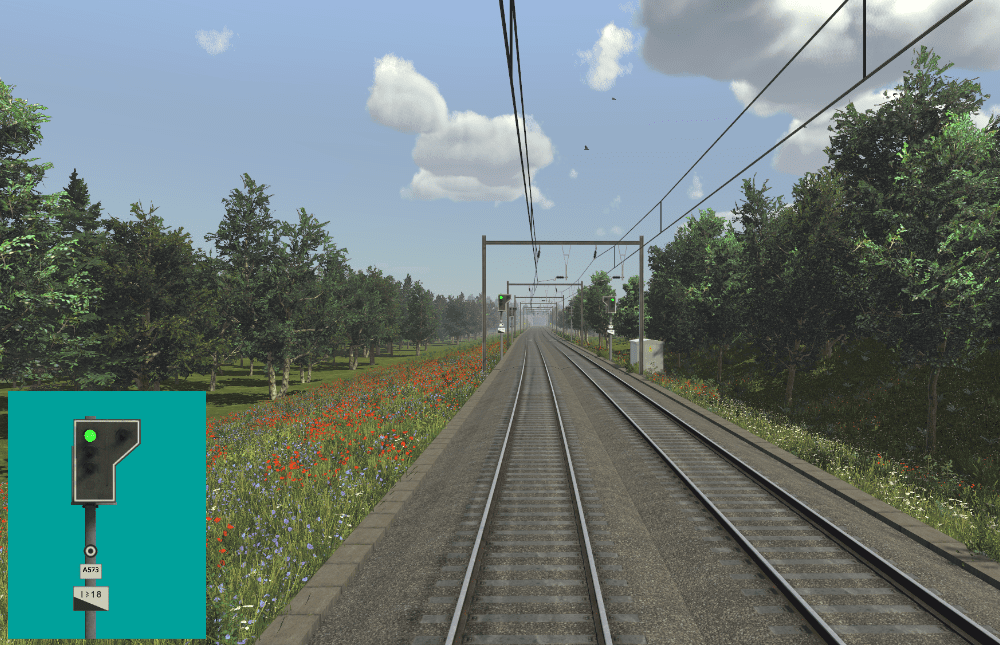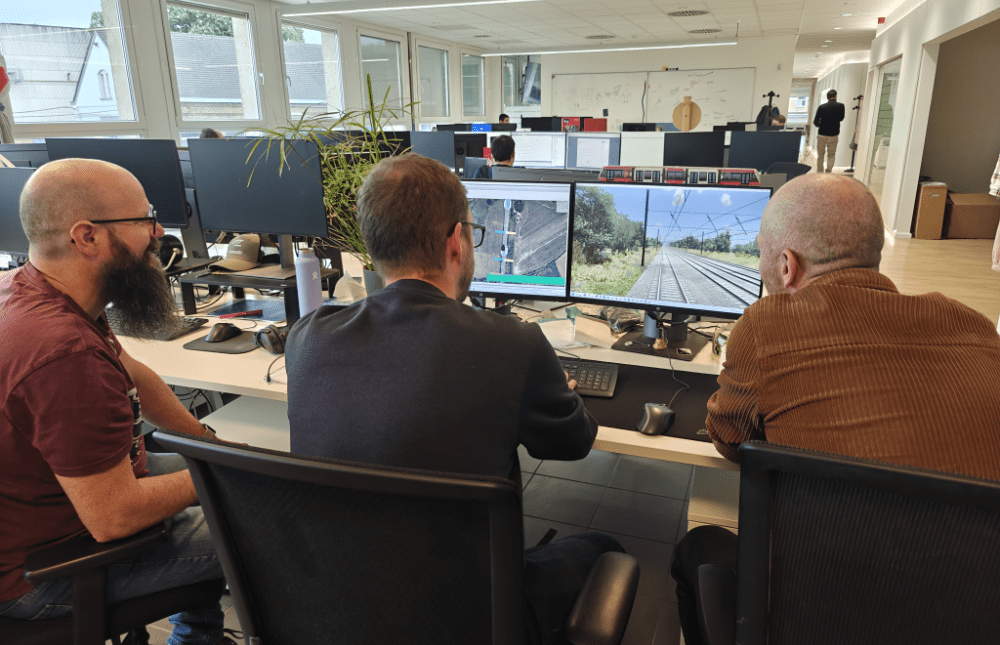Cloud Simulator
Strengthening training continuity
Cloud simulation acts as a bridge in the training journey: it helps trainees get familiar with procedures and signalling principles before using simulators, practice between sessions to reinforce learning, and stay updated when new situations or procedures arise.
What is Cloud Simulation?
It is simply our simulation software, hosted online in a secure environment. It delivers the same exercises and training logic as on physical simulators, but can be accessed directly from the user’s own hardware — laptop, tablet, or desktop — with no simulator required.
For trainees
Trainees can log in from their own laptop, tablet, or desktop. This continuous access helps them build confidence and stay engaged without depending on physical simulators.
For instructors
Instructors gain full remote flexibility: they can create and adapt exercises from anywhere, monitor trainee performance online, and instantly share new content or updates with all users. This makes it easier to ensure consistency across the whole workforce.
For trainees
● Get familiar with procedures before immersive sessions;
● Reduce simulator time spent on basic theory by preparing in advance;
● Ensure all learners start with the same level of knowledge.
● Reinforce knowledge between simulator sessions through targeted exercises;
● Keep trainees active and engaged during gaps in the training schedule;
● Build confidence for the next session.
● Stay sharp with refresher modules on new procedures;
● Practice critical updates to ensure readiness;
● Keep skills relevant and up to date over time.
For instructors
● Design and assign exercises remotely in advance;
● Standardise preparation by ensuring all trainees receive the same instructions;
● Save simulator time for immersive, high-value scenarios.
● Monitor trainee activity and progress online;
● Adjust content dynamically to address specific gaps;
● Keep training schedules efficient by reducing downtime.
● Roll out new procedures or safety updates instantly to all staff;
● Verify that every trainee has correctly integrated the changes;
● Generate performance reports to ensure compliance.
Smart features
Next signal viewer
A zoom function displays the next signal once the train reaches a set distance, making it easier for trainees to read signals in dense 3D environments.
Booking platform
A smart booking system lets many users share a limited number of licences fairly and efficiently.
How our partners use the Cloud Simulation

Digirail in France
Digirail relies on Cloud Simulation as a complementary tool to its two Nano simulators. With 20 licenses and more than 150 active users, the platform supports a large community of learners who access exercises through 1-hour booking slots.
Educational applications
Added value

SBB in Switzerland
SBB operates a large training setup, combining 25 Nano simulators and 16 Full-Cab simulators. Their training program includes 10 different train models and aims to create 650 dedicated exercises for learners. Training sessions run intensively from 6:30 a.m. to 11:00 p.m., Monday through Saturday, with groups rotating every 30 minutes. To handle this workload, Cloud Simulation complements their simulator fleet by preparing trainees before in-simulator sessions and supporting continuous practice in between.
Educational applications
Added value
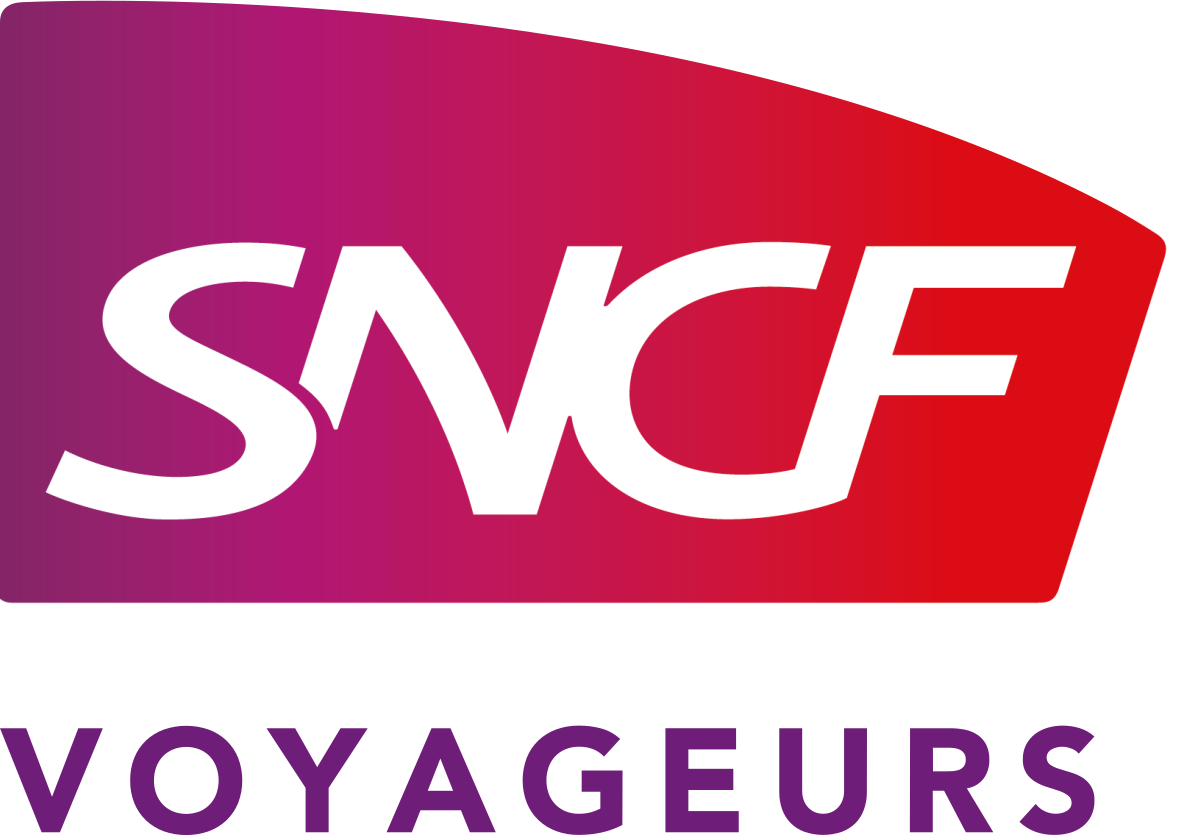
SNCF Voyageurs in France
With the arrival of the next-generation TGV M, SNCF Voyageurs is facing the challenge of training drivers on an entirely new train concept. The modular architecture, redesigned cab, and embedded signaling systems require a fresh training approach. To meet these needs, SNCF Voyageurs uses Cloud Simulation to prepare its drivers in advance, ensuring they gain familiarity with the TGV M long before the first units enter service.
Educational applications
Added value
Cloud Simulators FAQ
This section answers key questions about Cloud Simulation, providing insight into how it supports and optimises your training strategy alongside physical simulators.
